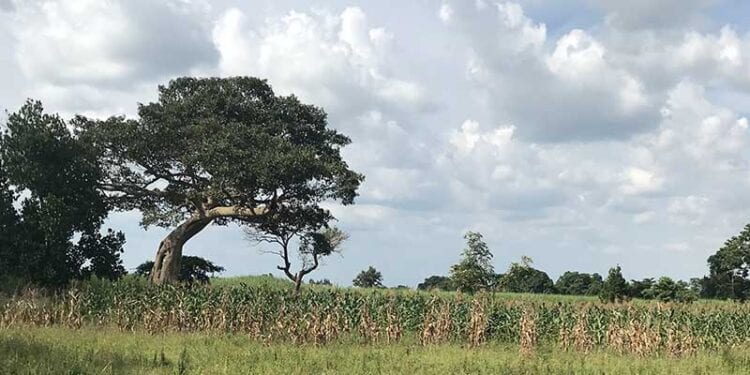Infill Drilling Results Continue To Confirm REE Continuity And Grade
Ionic Rare Earths Limited (ASX: IXR) has confirmed it has successfully intersected above-grade clay and saprolite mineralisation in all of the latest holes drilled in its Phase 2 drill programme at its 51% owned Makuutu Rare Earths Project in Uganda.
All holes were drilled to infill the current Mineral Resource Estimate (MRE) area, with the company now having received assay from the final tranche of seven holes from the Phase 2 drilling that was completed in October 2020.
Notable thick and high-grade intervals reported from the tranche seven assay results include: 7.4m at 1,228 ppm TREO from 7.0m; 9.5m at 1,290 ppm TREO from 3.7m; 6.2m at 1,024 ppm TREO from 3.8m; 12.2m at 1,583 ppm TREO from 3.3m; 5.8m at 1,513 ppm TREO from 3.9m; 10.3m at 1,196 ppm TREO from 6.3; 19.5m at 1,223 ppm TREO from 7.7m; 6.6m at 1,153 ppm TREO from 3.1m; 12.2m at 1,266 ppm TREO from 11.9m; and 5.1m at 1,334 ppm TREO from 5.4m
Managing Director, Tim Harrison, said a Project wide Mineral Resource estimation process has commenced and will include maiden estimates on Exploration Targets A to J and an update to the current MRE with the infill drilling data aimed at increasing resource estimate confidence in that area.
“The last of the infill holes assay results confirmed numerous thick, high grade REE intervals as expected. This caps off a very successful Phase 2 drill programme,” Mr Harrison said.
“We are very pleased by the outcome with 216 of the 222 holes drilled returning clay REE intervals above the MRE cut-off grade.”
“We have now commenced the MRE update which we expect will be substantial, greatly increasing the scale of the Makuutu Project and aim to have this completed by the end of February.”
Mr Harrison said the aim of the programme was to validate the company’s initial Exploration Target, quantify the potential of the previous 26km-long Makuutu mineralisation corridor contained within licences RL0007, RL1693 and EL1766, and provide data for an upcoming mineral resource expansion, all of which has proven to be successful.
Since that time, newly awarded Exploration Licences have extended the Makuutu mineralisation corridor to 37km in length and a substantial 50% increase in Exploration Target.
The Phase 2 drill programme tested an area which is more than three times greater than the area covered by the existing mineral resource estimate.
The Makuutu Rare Earths Project is an ionic adsorption clay (IAC) hosted Rare Earth Element (REE) deposit located 120 km east of Kampala in Uganda. The has demonstrated potential for a long life, low-cost capital intensity source of critical and heavy rare earths. These IAC deposits are prevalent in southern China which have been the source of the world’s lowest cost critical and heavy REE production, however these deposits are gradually being exhausted and Makuutu represents one of only a handful of such deposits outside of southern China. The Makuutu deposit is shallow, with less than 3.0m of cover over a 12m thick clay zone which results in low-cost bulk mining methods with low strip ratio












